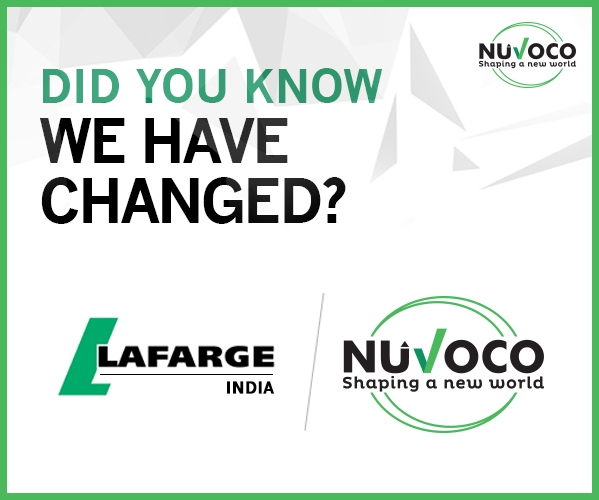The organisation promoted transparency and created several communication campaigns at different stages to drive the transition process.
In April 2015, Lafarge Holcim was asked to sell its East India assets in order to adhere to the competition rules in India, as the divestment was made mandatory for the global merger of Holcim and Lafarge to be completed in India. Ahmedabad-based Hiren Patel, the promoter of Nirma, sealed the deal in 2016, and the new company was registered as Nuvoco Vistas, in 2017.
This change of hands resulted in lot apprehensions for employees. They were perturbed by the fact that they no longer worked for an MNC (multinational company), but for a promoter-driven organisation.
Restructuring, external market pressure and other concerns further distracted the employees. The attrition rate went up to 6-8 per cent.
The major challenge for the HR team was to keep the clocks together and the employees motivated, engaged and performance focussed and the man in-charge was Devendra Shangari who is now the chief of human resources and industrial relations, Nuvoco Vistas. He had been with Lafarge India since 2002 and during the time of acquisition, he was the country head HR.

The promoters empowered us as there was no change in the organisational structure or management. There was no intervention in the existing policies and practices, and they gave us ownership in the organisation.
The leadership team realised that communication was the key to all relationships, especially when two partners are going through crises. In this case the two partners were employer and the employees.
The HR team stressed on designing structured communication strategies for employees at different stages of divestment. Nuvoco Vistas created multiple channels of communication to ensure the concerns of employees were put to rest by the leadership team.
Three layers of communication were created and followed for all their announcements. First was the executive council, which comprised the executive leadership and functional heads, followed by the country leadership team with heads of departments, and the third consisted of employees in general. The information related to the company trickled down to all levels, almost at the same time, to prevent any room for speculations.
In the first quarter, Nuvoco Vistas created campaigns such as ‘Be Positive, Stay Positive, Be Together’. “The promoters empowered us as there was no change in the organisational structure or management. There was no intervention in the existing policies and practices, and they gave us ownership in the organisation,” says Shangari.
In the next stage, the second leg of the campaign – parivartan – was launched. The concept was based on ‘Triple A’—accept, adapt and achieve—to accept the change because one cannot deny the change, adapt to the change that it is no longer an MNC and achieve, so that employees could continue with the performance to be able to win and build the trust of promoters. This campaign translated into workshops at different levels and locations driven by the leadership team along with the local HR engager.
The employee were perturbed by the fact that they no longer worked for an MNC (multinational company), but for a promoter-driven organisation.
The leadership team also reached out to the employees at different locations with ‘open town hall’. The CEO addressed some of these meetings and shared the latest information on real-time basis. Employees from across 30–40 locations were reached out through these town hall meetings. As the information came directly from the leadership, the acceptability and credibility to the communication was more.
“The open town meeting has been the legacy of Lafarge India, which was encouraged here in decision making or information sharing. Open communication and access to leadership worked for us,” says Shangari.
Another initiative that worked for the organisation was ‘chai pe charcha’. Group meetings were organised to quell any apprehensions or doubts of employees during the divestment process. The bottom-up approach encouraged employees to suggest any changes in the process.
Lastly, the company made sure its vision, mission and values cascaded at different locations through the programmes. It made sure that employees echo its values—integrity, innovation, operation, collaboration, care and operational excellence.
Both organisation and employee goals were aligned and a common purpose was set, where everyone sailed through this transition process as one unit.
Nuvoco Vistas also sought support from the organisational experts, as well as the change management and communication professionals to drive these strategies.
During mergers and acquisitions, employees look at every activity with suspicion. “Conscious efforts were made to ensure processes ran on schedule, such as business planning, performance cycle or budget fixation,” shares Shangari.
“It was crucial to explain the backdrop of divestment, its need and its impact on the company and employees, because there are different interpretations of divestment. It was important for the employees to be brought to the same level of understanding by clearly spelling out things, which will or will not change during the transition,” he adds.
All these efforts were directed to assure employees that it was business as usual.



